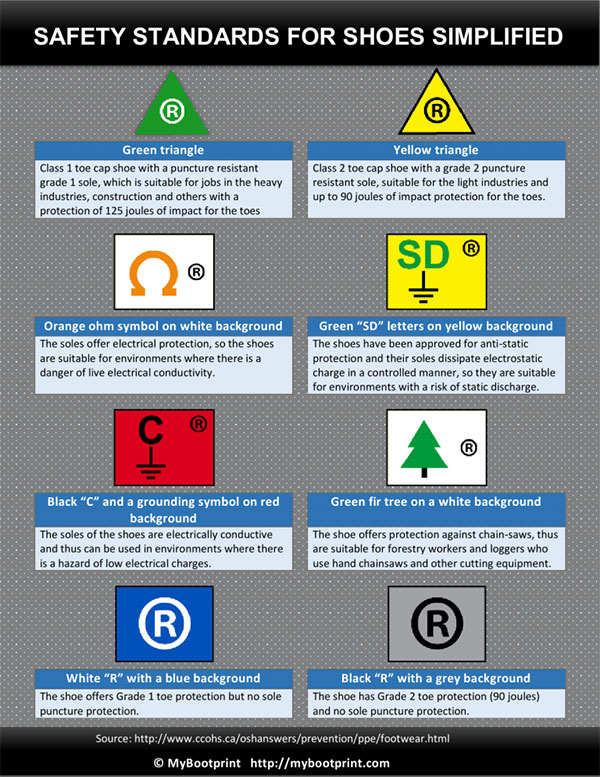The Head and Heart of Safety

By Karen Cates.
Make safety more than a lesson, make it an emotional commitment.
Important messages don’t really stick the first time you share them with your workers. Research has demonstrated that new information must be shared at least seven times for it to be fully processed and adopted. One roofing executive in NRCA’s Future Executive Institute, told the class one time, “Try seventeen times!” He wasn’t joking. And it is not just about the number of times you share, it is the variety of methods that count. Meetings, memos, training, and just casual talk in the shop – they all combine to drive the lesson home.
Workplace safety has its own challenges. With competing goals in the field, safety sometimes has to compete for priority. In the past 22 years I have been working with roofing contractors, however, I have seen safety go from a sometimes thing to an absolute value embedded in contractors’ cultures. My work in roofing and other industries has highlighted a sort of 80/20 rule in effect when it comes to safety. Workers want to be safe, and they achieve that eighty percent and more of the time, but they don’t always remember to think safety first. How can contractors cross that last bridge to total safety culture?
Strive to engage the head and the heart when encouraging safety (you need both!). Training programs, demonstrations, and refresher courses are all important ways to lay the foundation for safe behavior on the roof. But these are all “head” approaches aimed at teaching rules and appropriate behaviors.To also engage the “heart” requires emotion. Behavioral economist and Nobel Prize winning Daniel Kahneman has demonstrated that emotions often drive decision-making before the mind ever gets a chance to weigh the data. You don’t have to hug all your workers at the beginning of each day but bringing some emotion into the mix might do you some good.
Negative emotions can get your workers’ attention (no one wants to be around an angry or anxious boss), but positive emotions are what drive the message deep into the worker’s decision-making process. Some contractors understand the connection and are engaging their workers emotionally to think safety first. Some examples:
- Pride: keep track of zero incident days, comparing them to industry averages, and celebrating milestones
- Caring: encourage team members to look out for each other becomes a part of the narrative at crew meetings and an opportunity for recognition
- Gratitude: communicate thankful messages when everyone stays safe and finishes a project without incident
- Love: remind workers who waits for them to return home safely to their families every day
Workers are motivated by progress toward goals that matter. Put a little heart into yours and see the difference positive emotions can make in attitudes toward safety in the workplace.
Author’s note: Readers are encouraged to share examples of the positive emotions they spotlight in the shop and in the field.
Karen Cates has consulted to the roofing industry for over 20 years. An executive coach, leadership consultant, and adjunct professor at the Kellogg School of Management, she advises professionals in a wide variety of businesses and settings. Karen is also a founding faculty member of NRCA's Future Executive Institute where she teaches future roofing industry executives.
Stay up to date with the latest industry news when you sign up for the Coffee Shop eNews.






















Comments
Leave a Reply
Have an account? Login to leave a comment!
Sign In